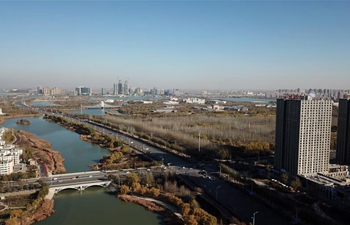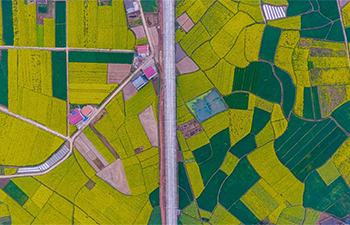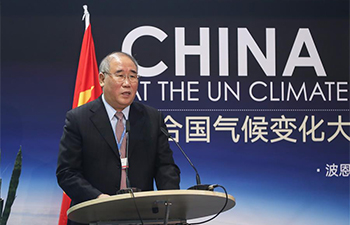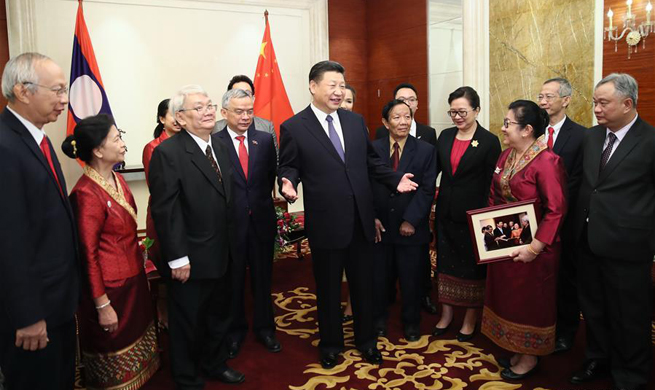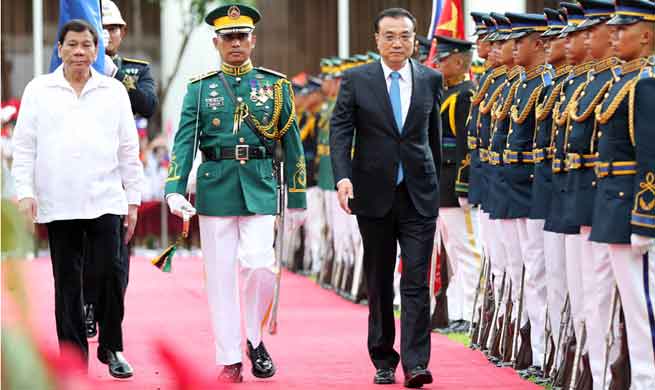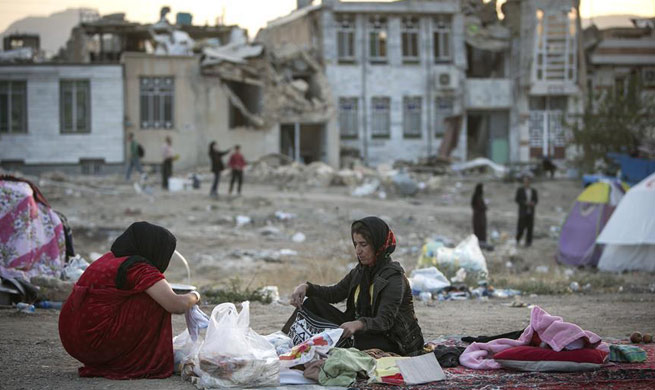BEIJING, Nov. 16 (Xinhua) -- Beijing's largest clothing wholesale market will soon be a thing of the past as Dongding, the last of the wholesale district's 12 shopping centers, is set to close in two weeks.
The malls at the market near Beijing Zoo have been shut down one by one since 2015, when the capital started purging itself of non-essential businesses to reduce traffic congestion and population, as well as to make way for high-end industries.
According to a guideline, the city's key functions of politics, culture, international communication and technical innovation will be prioritized, while other sectors will be moved out of the capital.
Built in the mid-1980s, the Beijing Zoo wholesale market was labeled a "paradise" for young women who wanted to look fashionable on a budget. It used to attract 100,000 customers daily.
Although the market contributed 60 million yuan (about 9 million U.S. dollars) in annual revenue to Xicheng District, it cost the government some 100 million yuan to handle its transportation and environmental issues.
"I have been doing business here for more than 6 years and don't want to leave. But I will continue my business in Hebei. Hope things go well there," said Li Yuefeng, a vendor at Dongding Mall.
Some cities and counties of neighboring Hebei Province are luring tenants from the Beijing market with lower rent and taxes. The void of the Beijing site will be filled by high-tech and financial businesses.
"In the past, there were always large crowds of people. The noise and traffic jams were really annoying. But now the streets are tidy," said Shen Lin, 51, who lives nearby.
Dahongmen, another famous wholesale business district in Beijing, will also disappear. Forty-two of its 45 wholesale malls have already been closed, and the others will be shuttered by the end of this year.
In the first half of this year, Beijing closed or relocated 495 manufacturing enterprises and 131 wholesale malls, and dismantled illegal construction covering more than 30 million square meters.
Beijing's service sector now accounts for more than 81 percent of local GDP, higher than most developed countries. In addition, finance, scientific and technological services, and IT industries contributed more than 53 percent of the city's economic growth from January to September.
By 2020, the size of Beijing's population should be under 23 million and remain at this level thereafter, according to a city planning document for Beijing issued by China's central authorities.
The number of Beijing's permanent residents grew marginally by 0.1 percent to 21.7 million in 2016.




